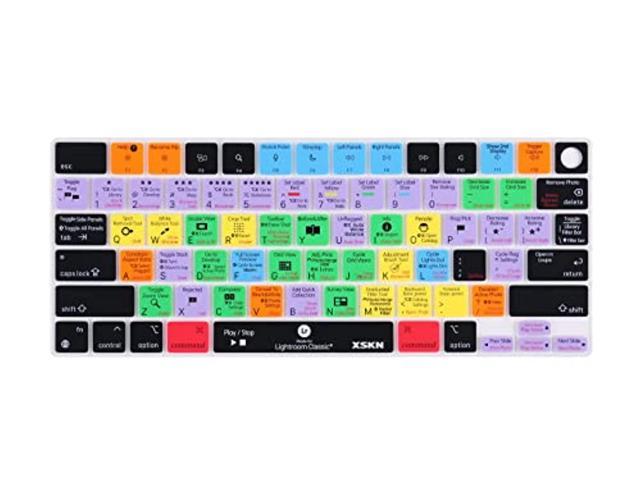
The results of this first generation of M-series chips absolutely support that. This optimization has always been a hallmark of Apple devices, and this is now the best possible situation for the company. A major benefit is that Apple is in control of the full stack-meaning the company is directly involved with how the silicon chips, computer components, hardware design, and software all work together, resulting in the best optimization possible. It works in a similar manner to the brand’s mobile chips, commonly known as the A13, A14, etc., found in the iPhones and iPads. Practically speaking, the M1 is a new generation of processor that Apple engineers designed. However, unless you are as tech focused as some of us here, these names don’t mean anything. One year into the Apple silicon transition, we have gotten the M1, M1 Pro, and M1 Max. If it is time for you to upgrade or you are curious about what Apple silicon can do, read on to find what M1 chip-and therefore which MacBook Pro-you should buy. The M1 chip was the start in the 13" MacBook Pro and, now, with the launch of 14" and 16" MacBook Pros, we have the M1 Pro and M1 Max-but which version is best for you?

Promoting them has been easy because they are more powerful, more efficient, and generally better. This difference was made even more abundantly clear when it merged two 151MP Phase One images, which took 34 seconds on the M1 Max, but almost three times longer at 109 seconds on the Intel MacBook Pro.įor regular users who might edit a couple of photos every now and then, this probably won’t matter as much, but when you’re a professional that needs to churn out dozens of edits a day, a few seconds here and there most definitely adds up over time.Over the past year, Apple has completely revamped the MacBook line as part of a transition to its own custom silicon, aka processors. This is according to a series of tests conducted by CNET in which they found that editing photos in Adobe Lightroom on the M1 Max has shaved a lot of time off the editing process, which could be invaluable in a photographer’s workflow.įor example in their tests, merging six 30MP Canon DNG images into a panorama took the M1 Max took about 14 seconds, versus the 67 seconds it took on a 2019 Intel i7 MacBook Pro. However, for professionals who take and edit photos for a living, it might be a price that might be justifiable.

These are essentially souped up versions of the M1 chipset that launched in 2020, and the M1 Max and Pro MacBook Pros do not come cheap.

A few months ago, Apple officially unveiled the M1 Max and Pro chipsets that would be used in the company’s revamped MacBook Pro laptops.


 0 kommentar(er)
0 kommentar(er)
